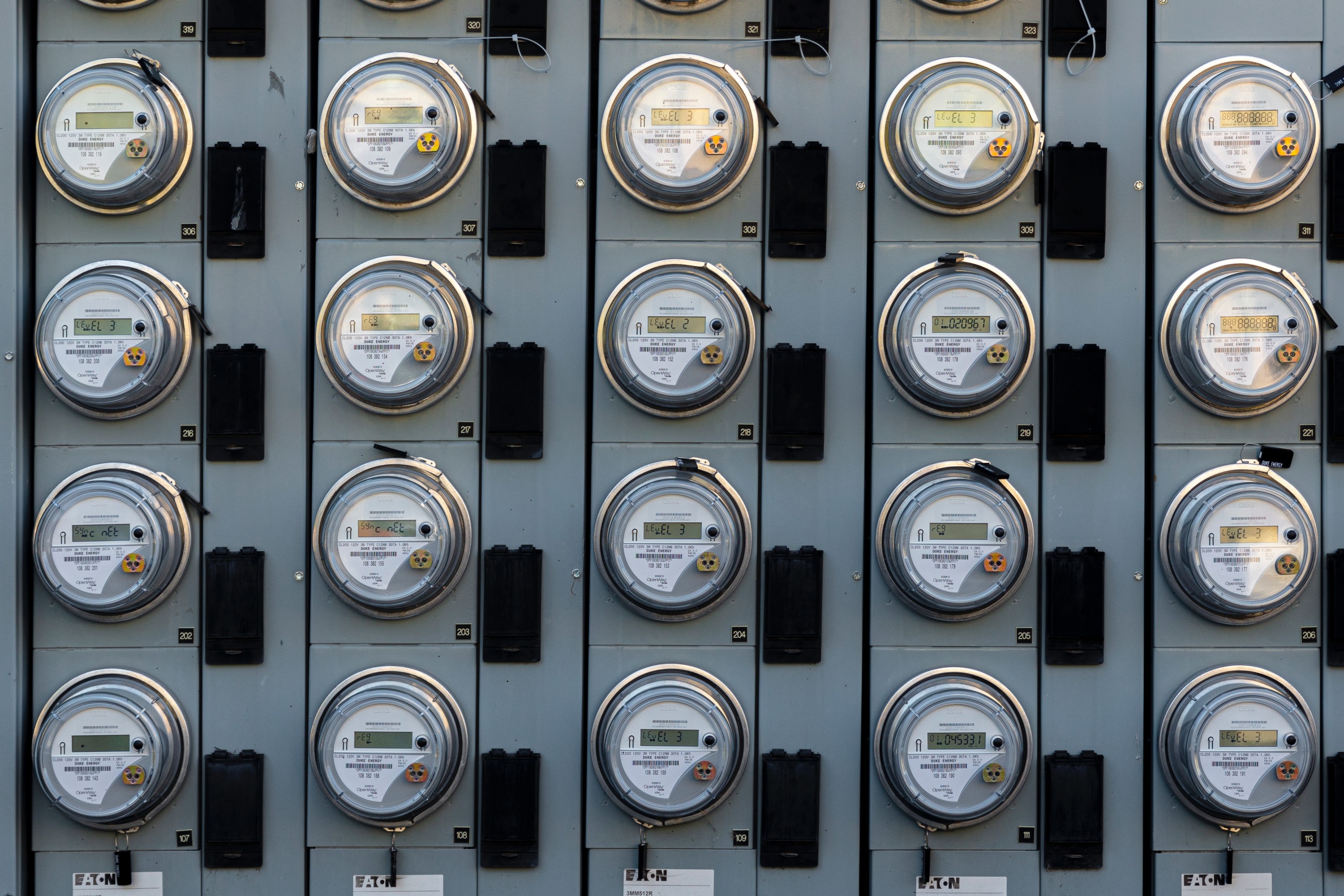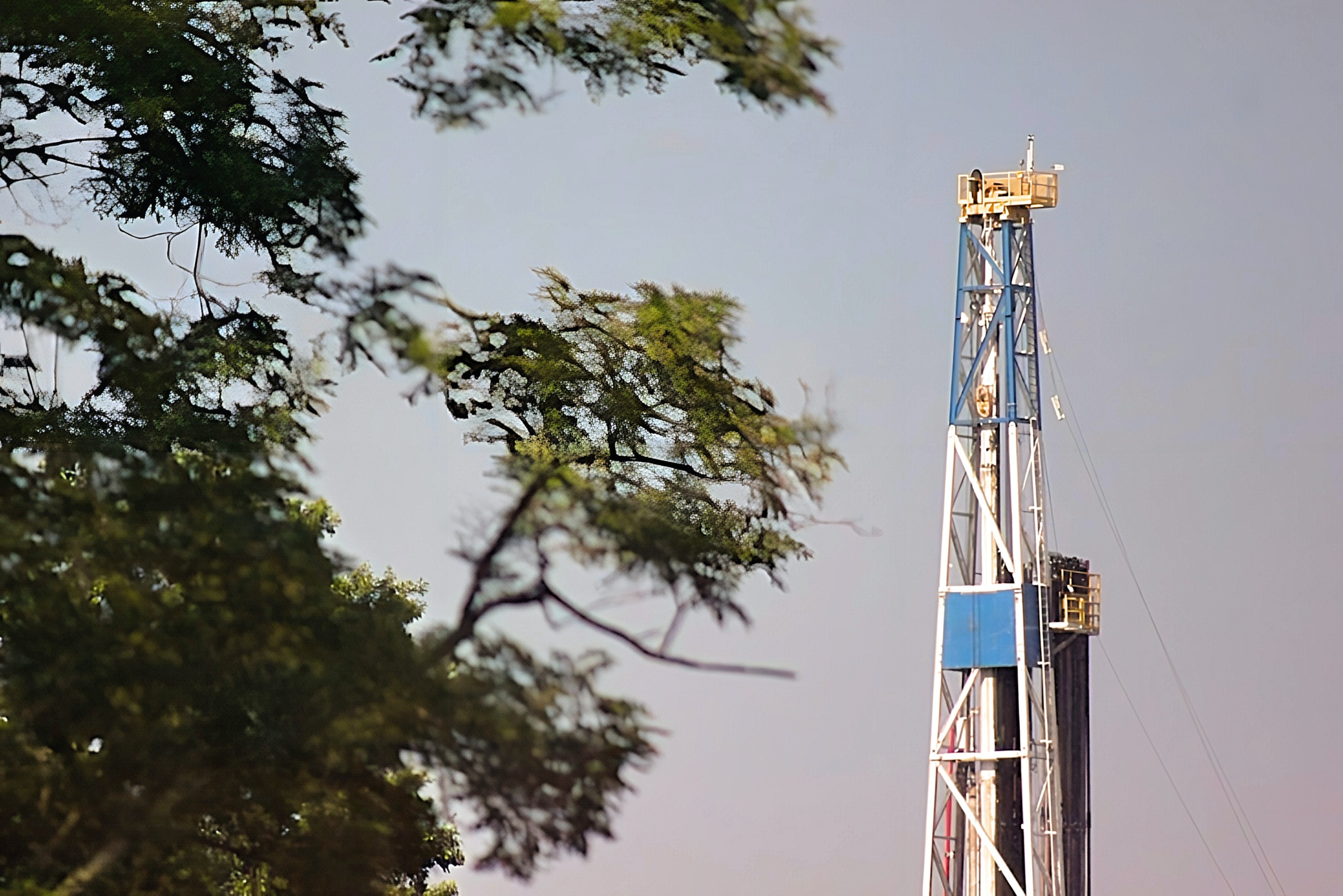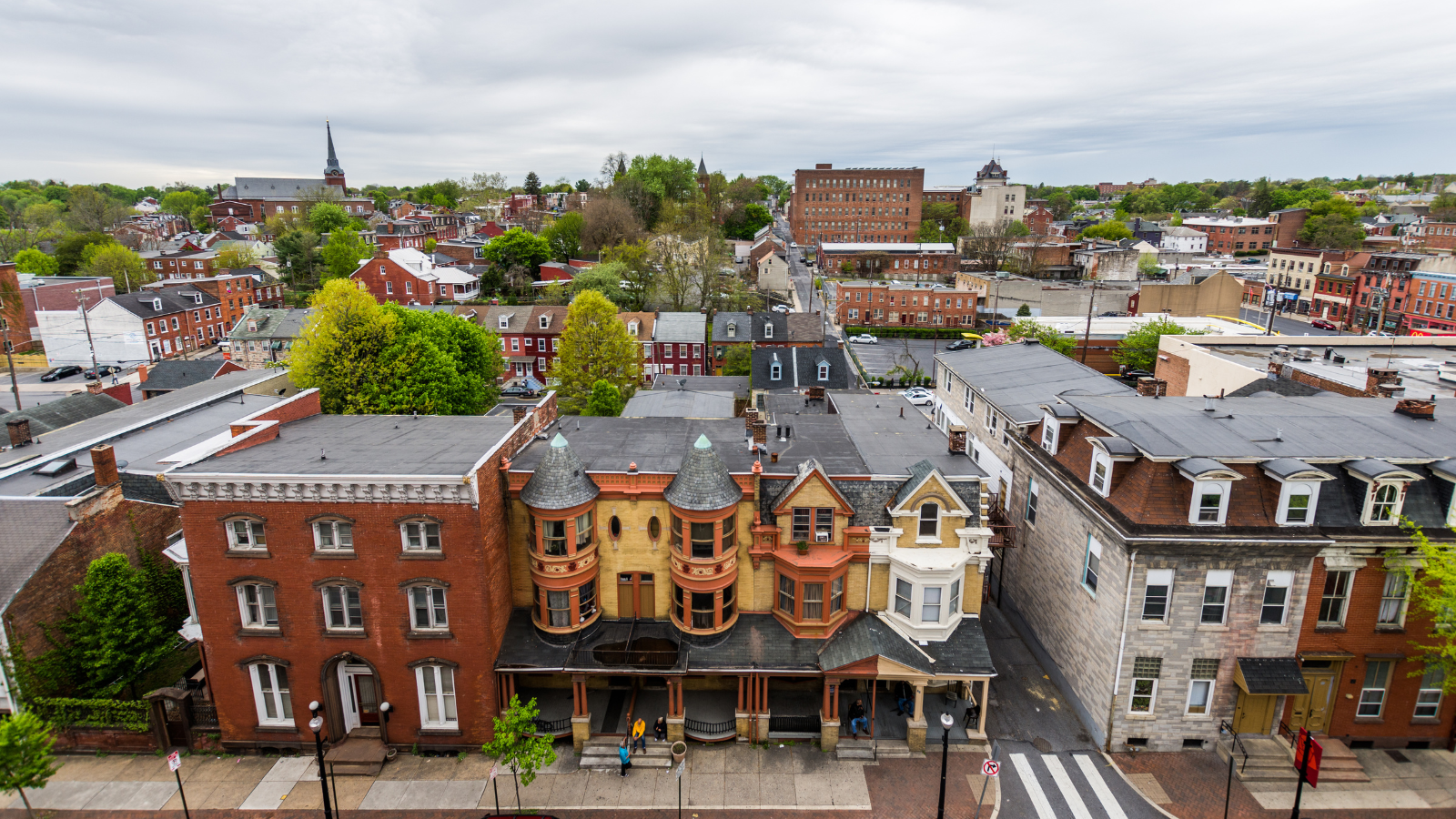
New Report: The Spreading Shadow of the Shale Gas Boom
A new Frontier Group report finds that permitted well sites exist within one mile of more than 400 day cares, schools and hospitals in Pennsylvania, Ohio and West Virginia. These facilities should be a safe place for vulnerable populations, but the proximity of fracking wells creates health-threatening air and water pollution.
The growing use of “fracking”—hydraulic fracturing and all the activities needed to operate a well and to deliver its gas or oil to market—has brought drilling sites close to communities and vulnerable populations. A new Frontier Group report finds that permitted well sites exist within one mile of more than 400 day cares, schools and hospitals in Pennsylvania, Ohio and West Virginia. These facilities should be a safe place for vulnerable populations, but the proximity of fracking wells creates health-threatening air and water pollution.
Fracking creates air pollution as volatile compounds escape from natural gas, and as smog-forming pollution is released by fossil fuel-powered equipment at the well site. Smog pollution has been linked to increases in school absences, hospital visits and premature death, while toxic pollution can increase the risk of cancer. Wastewater from fracking sites contains toxic chemicals that can contaminate nearby wells.
We mapped the location of permitted fracking wells in Pennsylvania, Ohio and West Virginia, and checked to see how many day cares, schools and hospitals were nearby. We found that 190 day cares, 220 schools and 5 hospitals are located less than a mile from a fracking site. Pennsylvania, with 13,500 permitted wells, has the most sites where fracking threatens the well-being of children and the sick.
Compared to two and a half years ago—when we performed a similar analysis—an additional 67 day cares, 133 schools, and 2 hospitals are now located a mile or less from a fracking site in Pennsylvania. (For that previous analysis in mid-2011, so little fracking was occurring in Ohio and West Virginia that we didn’t include those states.) This means that thousands more children spend their school days close to fracking sites.
Many of these children may face similar risks while at home. A recent analysis in the Wall Street Journal found that fracking wells have been located within a mile of the homes of 15 million Americans in 11 states. That means around-the-clock exposure to air pollution, potentially contaminated drinking water, and noise and lights that can interfere with sleep.
With oil and gas companies promising to drill thousands more wells in the coming years, the number of affected citizens will only grow—unless our elected officials commit to protecting public health by banning fracking. In addition, existing wells should be held to the same standards that apply to other industrial activities, instead of being exempted from key national environmental laws.
Topics
Authors
Elizabeth Ridlington
Associate Director and Senior Policy Analyst, Frontier Group
Elizabeth Ridlington is associate director and senior policy analyst with Frontier Group. She focuses primarily on global warming, toxics, health care and clean vehicles, and has written dozens of reports on these and other subjects. Elizabeth graduated with honors from Harvard with a degree in government. She joined Frontier Group in 2002. She lives in Northern California with her son.
Find Out More

Carbon dioxide removal: The right thing at the wrong time?

How to get more from state energy efficiency programs

“Certified natural gas” is not a source of clean energy

